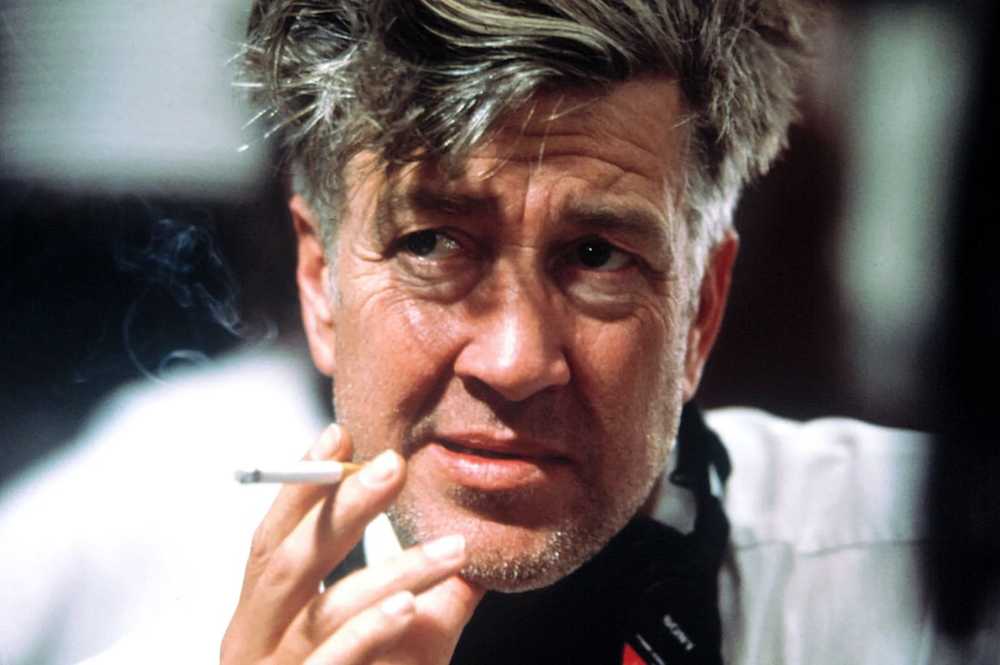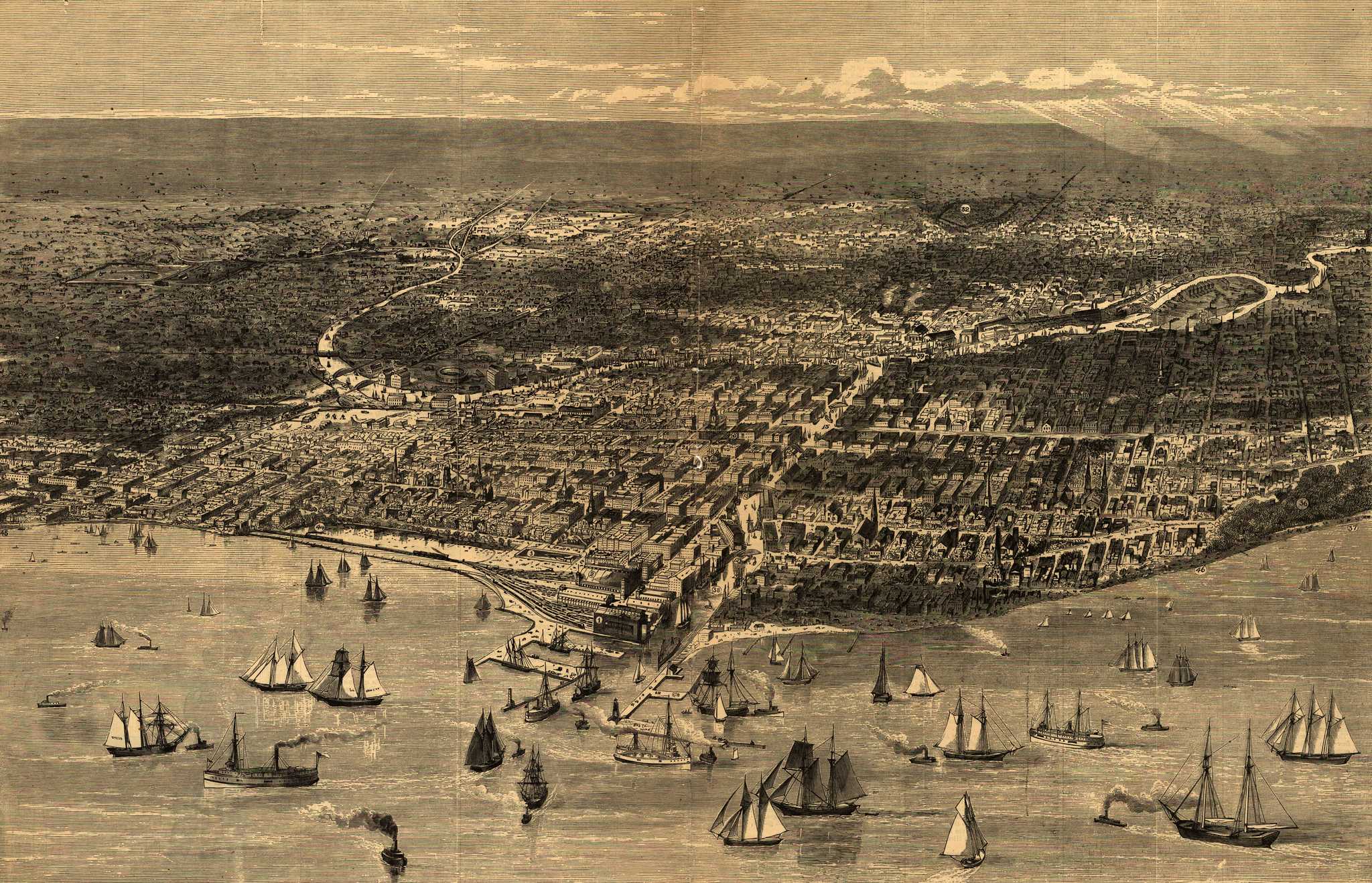RIP, Mr. Lynch
A brief remembranceJanuary 19, 2025
The first photo of David Lynch I can remember seeing
In the fall of 2001, a high school friend and I drove from our hometown of Mount Vernon, Iowa, into nearby Cedar Rapids to see Mulholland Drive. We went to Carmike Cinema 7, a low-slung cinderblock cineplex that I’m almost positive has since been converted into a church.1 It was a Thursday night and a late screening, starting around 9:30 or 10, and because Cedar Rapids was not a hotbed for art house cinema, we had the theater to ourselves.
My friend was a longtime fan of Lynch. He’d seen Eraserhead at some point and become changed. This was the first I’d heard of him, though, and I went into Mulholland Drive having read nothing and having not seen so much as a frame of the trailer. The lights went down, the previews played, and then the notes of the opening swing music began to creep in over black.
When other people talk about wishing they could experience something again for the first time, this is one of the moments I think of. I did not, at 18 years old, know that a film could do what that film does. The conversation at Winkie’s that somehow tips over into abject dread; the dead-eyed cowboy at the ranch saying, “There’s sometimes a buggy …”; the man on stage shouting, “NO HAY BANDA, and yet we hear a band”—every odd, surreal minute brought fresh surprises. I was rapt.
Even twenty-four years later, I can think of few other directors who’ve been able to keep me on my toes like that. I looked forward to every new Lynch project, knowing that whatever else, it would be a singular experience.2
Between algorithms and the repetitive dependence on theoretically bankable IP by money-grubbing streamers and distributors, we live in conservative, conformative times creatively, so part of what I’m mourning this week is the loss of a distinct voice, the voice of a delightful weirdo,3 a voice I wish had had the time, health, and financial backing for another ten films.
I’ll miss David Lynch. I’ll miss his weather reports. I’ll miss his style, with his shirt buttoned all the way up to the collar. But it was a privilege to be alive at the same time as him, and to experience his work as it developed, and I’ll be holding fast to what he left us with for as long as I can.
Footnotes
-
I have no outright proof of this, but the church is at the address the theater once was at, in a building that looks an awful lot like a converted cineplex with a new addition attached to one side. ↩
-
My first viewing of Inland Empire left an equally deep impression. I can remember going to a screening at the University of Iowa’s single-screen art house theater with a college roommate, and we were so unnerved that we had to come home and detox with random sitcom episodes on cable just to get our minds right.
I revisted the film this week, and even though I was braced for the moments that seized my heart the first time around, they still got me again. The shot of the Phantom’s face near the end—a horrible clown face with Laura Dern’s eyes and mouth, distorted in exaggerated agony—will forever haunt my dreams. ↩
-
Even his commercials were weird! ↩
